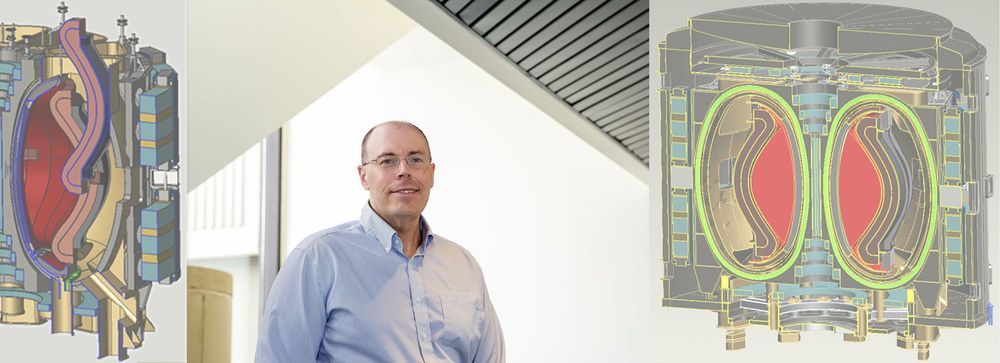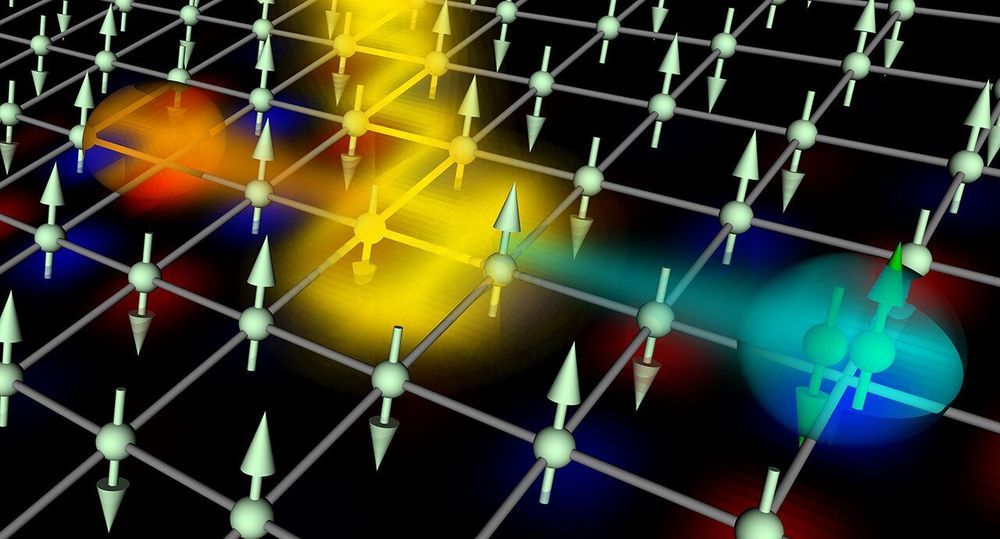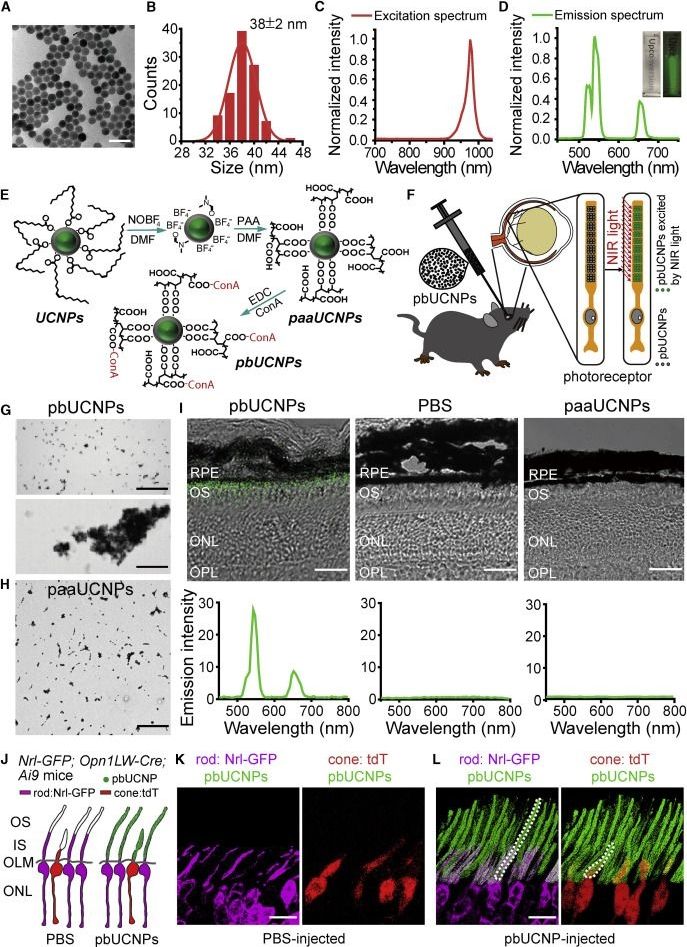Can tokamak fusion facilities, the most widely used devices for harvesting on Earth the fusion reactions that power the sun and stars, be developed more quickly to produce safe, clean, and virtually limitless energy for generating electricity? Physicist Jon Menard of the U.S. Department of Energy’s (DOE) Princeton Plasma Physics Laboratory (PPPL) has examined that question in a detailed look at the concept of a compact tokamak equipped with high temperature superconducting (HTS) magnets. Such magnets can produce higher magnetic fields—necessary to produce and sustain fusion reactions—than would otherwise be possible in a compact facility.
Menard first presented the paper, now published in Philosophical Transactions of the Royal Society A, to a Royal Society workshop in London that explored accelerating the development of tokamak-produced fusion power with compact tokamaks. “This is the first paper that quantitatively documents how the new superconductors can interplay with the high pressure that compact tokamaks produce to influence how tokamaks are optimized in the future,” Menard said. “What we tried to develop were some simple models that capture important aspects of an integrated design.”








